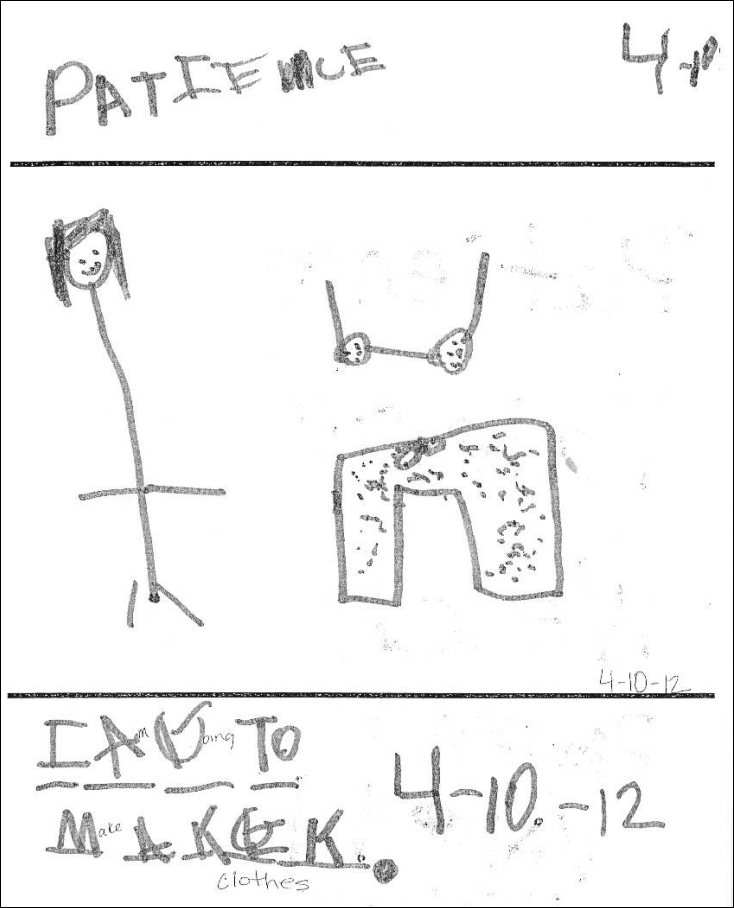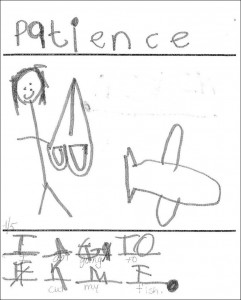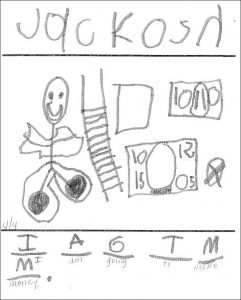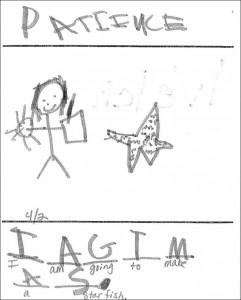Approach to Early Learning
Dear Mothers, Fathers, and Guardians,
Thank you for choosing Head Start for your child’s early learning program! Because parents are children’s most important teachers, Head Start and parents work in partnership to prepare children for success in school and in life. The following information will provide an introduction to Head Start’s early learning approach. The information will help you and your child’s teachers work together to support your child’s learning.
For more information about curriculum, screening and assessment:
Education & Child Development





